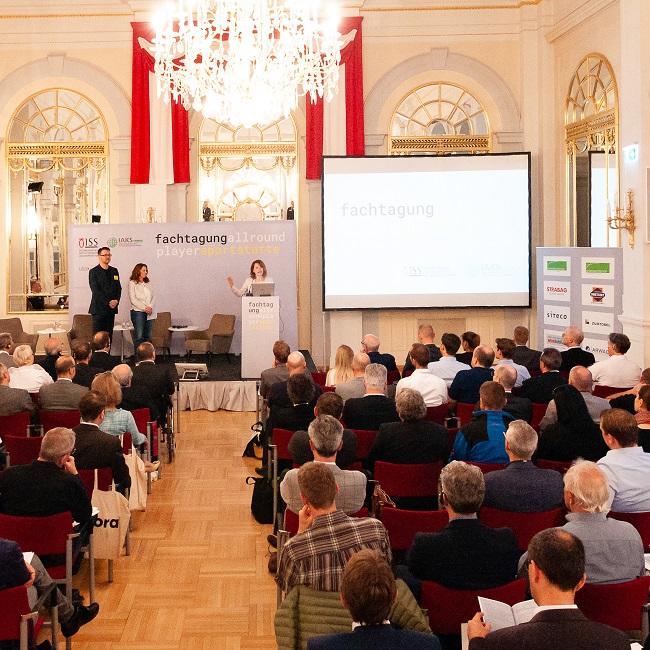
Start of Big Bang in Austrian sports facility construction

How Austria and Vienna in particular might develop into a hotspot for modern sports facility construction in the coming years was explained by a top-flight panel of national and international speakers to over 130 interested participants at the “Allroundplayer Sportstätte” symposium on 25 April 2019, which was the official kick-off event marking the founding of the IAKS Austria.
Presentations are available for download. Please contact the IAKS office for the download code.

photo: Szeywerth/ÖISS